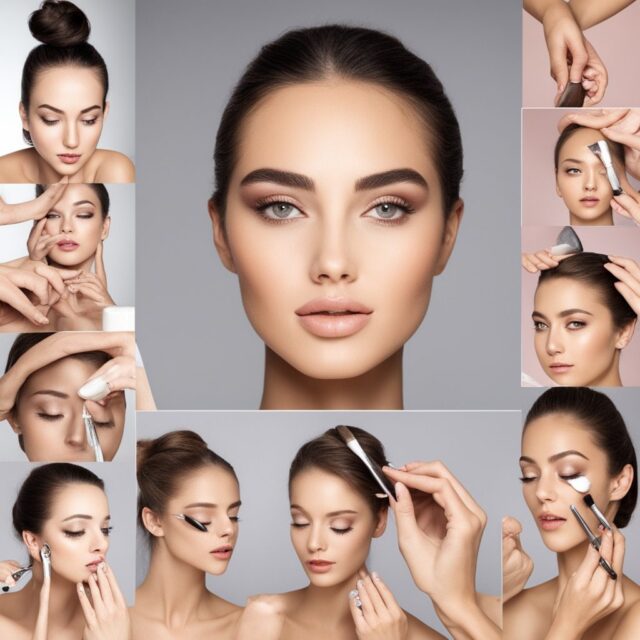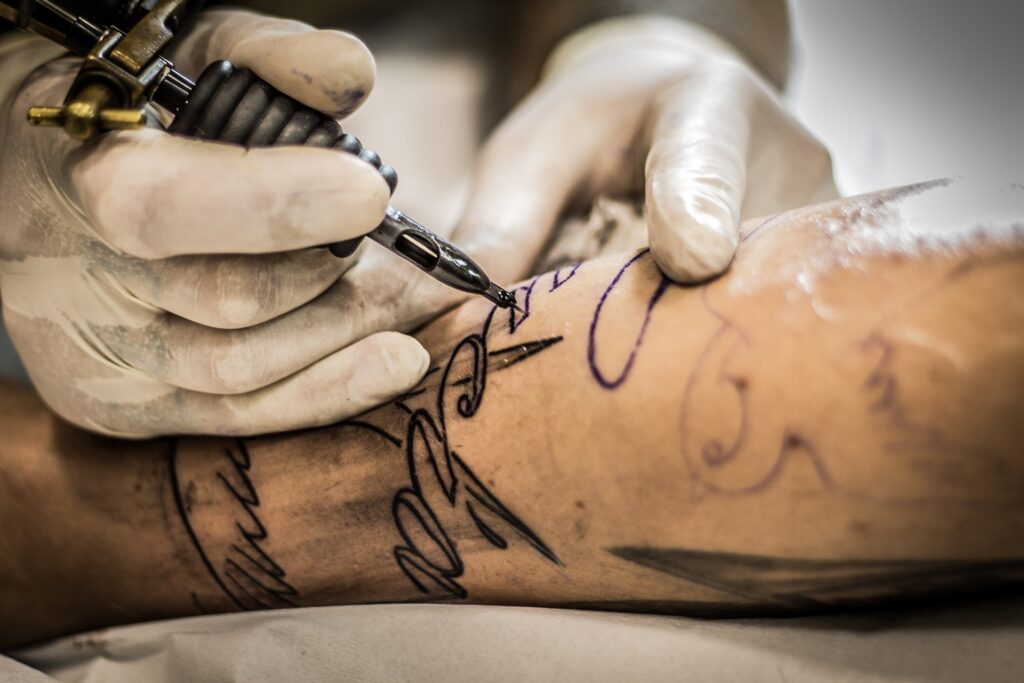When choosing whether to get a Botox injection, it is essential to remember that it can have side effects, although safe. Botox is a manufactured drug that weakens or paralyzes muscles. The “Clostridium Botulinum” bacterium produces this toxin as a protein. This bacterium produces the same toxin that causes botulism. Although a neurotoxin, it can have benefits both medically and cosmetically. Precisely, when used correctly by medical professionals. This toxin (Botox injection) has become widely used in the cosmetic and medical industries. Moreover, it is beneficial when treating various muscle and nerve disorders.
What is Botox
Numerous people often casually describe Botox as a specific procedure; however, Botox is a registered trademark for one company. C. botulinum bacteria produce a neurotoxin known as Botulinum. This bacterium can only make this toxin in low-oxygen environments. Clostridium botulinum is a rod-shaped anaerobic bacteria that can manufacture spores and toxins.
These spores are heat resistant and exist worldwide in various settings. In addition, botulinum toxins are commercially prepared in various ways. These include Botox (type A), Dysport (type A), Xeomin (type A), Myobloc (type B), and Jeuveau (type A). Botulinum toxins are among the most deadly substances worldwide.
Presently, there are seven primary forms of botulinum toxin, ranging from varieties “A-G.” Types “A-B” cause human disease and are used medically and cosmetically. Similarly, types “E” and rarely “F” can also cause human botulism, unlike types “C-D and E,” which cause illnesses in mammals such as birds and fish.
Procedure to Inject This Injection
A consultation is crucial when evaluating different treatment options, and a thorough medical examination is needed before the procedure. Antibiotics, specifically in the aminoglycoside category, can increase the potency of the neurotoxins; therefore, they should be avoided until the prescription is complete. This procedure involves minimal discomfort and begins without the use of an anaesthetic. Firstly, the medical professional dilutes the powdered Botulinum toxin into a Saline solution. Secondly, the MD will inject the solution into the neuromuscular tissue. The treatment takes roughly twenty-four to seventy-two hours to take effect. It can take roughly five to ten days for results to show fully. Depending on the treatment, these effects may vary from three to six months. There will, however, be people whose results have lasted longer. Additionally, avoid rubbing the injection site for twenty-four hours to ensure the Botox doesn’t spread to another area.
Cosmetic and Medical Uses
Neurotoxins target the nervous system, disrupting the nerve signals that stimulate muscle contraction. Botox prevents the release of Acetylcholine, a neurotransmitter that releases chemical messages. Additionally, this prevents the muscles from contracting, keeping the muscles taught. Cosmetically, Botox injections are typically used to reduce the appearance of facial wrinkles. This popular injectable is most commonly injected into various areas of the face.
These areas include around the eyes or crow’s feet and between the eyes or glabellar creases. In addition, treatments are also administered to the brow furrows and horizontal wrinkles on the forehead. Moreover, it is also used for the skin on the chin, lip
lines, and neck area. Licensed medical professionals also utilize Botox to treat several different conditions. The majority of these conditions affect the neuromuscular system. There are various conditions for which Botox Injections have been approved for use. However, unless stated otherwise, these treatments are intended only for persons age eighteen or older.
These treatments include upper limb spasticity, crossed eyes (Strabismus), and Hyperhidrosis (severe sweating). Secondly, it prevents migraines and reduces the symptoms associated with an overactive bladder. Additionally, it also treats a neurological movement disease known as Cervical Dystonia. Many people often take Botox injections for unapproved uses. These include Alopecia, Sialorrhea (excessive saliva production), Dyshidrotic eczema, and Anismus (a dysfunction of the anus muscle.
Additionally, it is also a treatment for Vulvodynia (pain or discomfort in the vagina), Raynaud disease, and achalasia (difficulty swallowing.) Moreover, other uses and medical conditions may benefit from Botox. These include flushing or facial redness, Keloids, and Hidradenitis Suppurativa (an inflammatory skin disease.)
Side Effects
Problems with Botox injection are usually rare, although there are still concerns. Some side effects may occur depending on the treatment and the person’s response to the Botulinum toxin. Common side effects might include dry eyes, an upset stomach, numbness, mild pain, swelling, or bruising around the injection area.
Similarly, other side effects may include headaches, temporary eyelid drooping, or unwanted paralysis in nearby muscles. Additionally, it can cause cardiovascular events like arrhythmia and myocardial infarction to occur. Botox can worsen neuromuscular disorders and cause urinary problems, special disorientation, and corneal ulceration after treatment. Considering the type of treatment in question, there are concerns that Botox could travel outside of the injection area.
This factor could lead to possible issues, such as breathing difficulties. However, this only occurs in certain people, with genetics being a linkable factor. Specific individuals receiving Botox type “A” injections may develop a resistance to the toxin. As a result, this might lead to treatments working poorly or becoming ineffective.
Safety Concerns
It is essential to know where the injectable comes from. It reduces the risk of getting expired or dangerous products. Never trust questionably low prices, which could indicate poor quality or an illegally sourced product. Furthermore, there are more important concerns than avoiding blood-thinning medication. Antioxidants can cause an increase in the fragility of blood vessels, preventing clotting from occurring. Some antioxidants to bypass include ginger, green tea, cinnamon, and red wine, to name a few.
Ask your medical diagnostic beforehand for a complete list of things to avoid. Equally important to note is that neurotoxins will require more delicate needles. Nonetheless, any injection could hit a vessel, causing a black and blue mark on the surface. This process is where blood pools beneath the skin. Be sure to avoid any unnecessary movement or prodding at the injection site. This action will help reduce the product spreading to the wrong area, which can lead to irritation or unwanted paralysis.
In conclusion, Botox Injection has many cosmetic and medical uses. It aids in the restriction and decrease of wrinkles. Besides, Other disorders of the muscular and nervous systems can be treated with Botox injections. As such, it is always important to do your research and have procedures undertaken by licensed practitioners. Furthermore, speak to your healthcare provider about the risks and costs involved. This task might include considering other factors like healing time.


